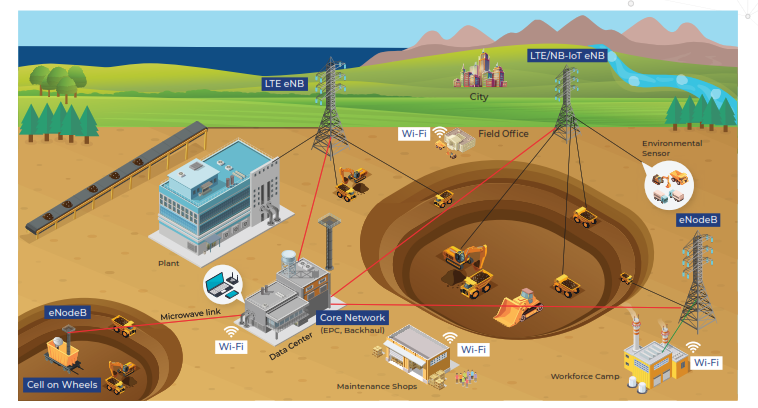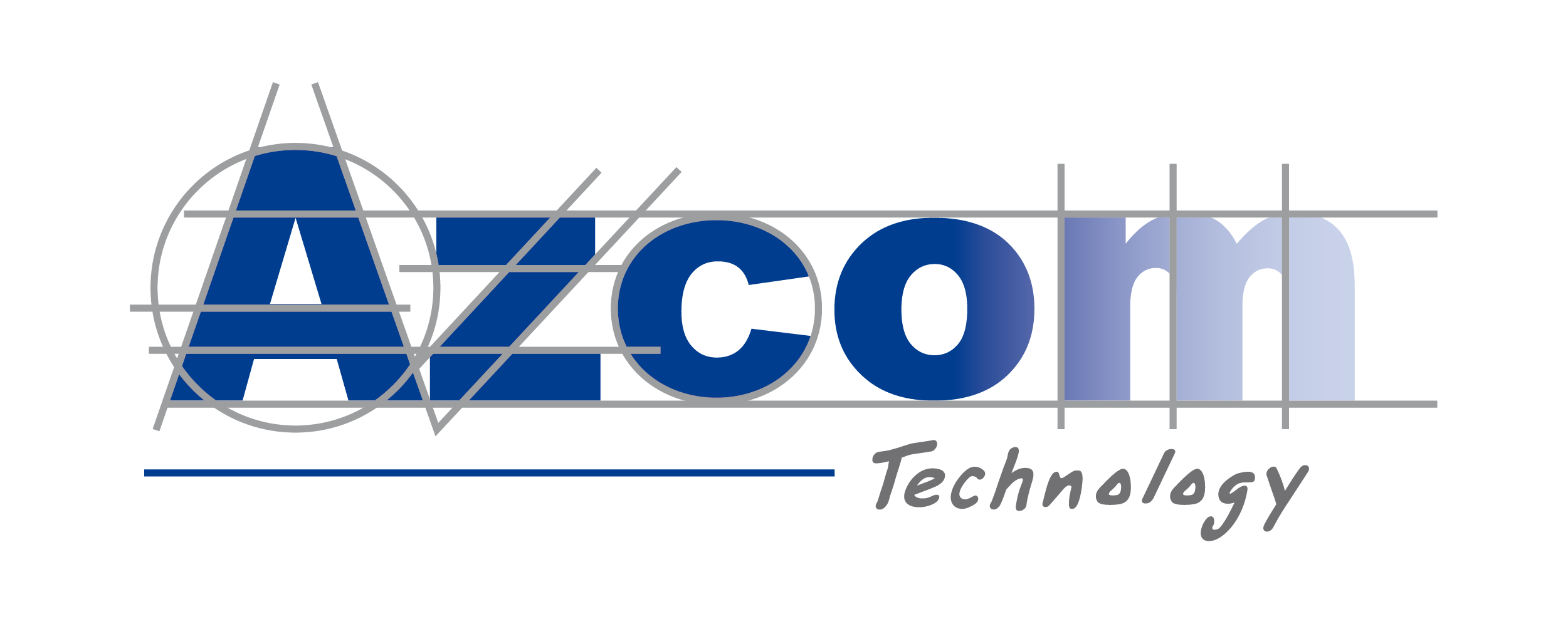POSTED BY:
 Aakash Kaushal,
Aakash Kaushal,
Marketing Manager
Most mining communication networks today use Wi-Fi based solutions. These are suitable for situations where connection density is low and mobility is not required. On the other hand, 4G and 5G converged communication solutions offer high bandwidth, low latency and high connection density. This makes them better suited for connecting large number of IoT devices at the pit level. Private LTE networks can potentially replace Wi-Fi, or complement Wi-Fi in a hybrid solution where-LTE handles mission-n-critical autonomous applications requiring low latency and high quality of service, and Wi-Fi is deployed for non-mission-critical uses such as offices, living quarters and catering areas.

The 3GPP standard has already defined the framework for integrating Wi-Fi into the LTE network. In this framework, mobile traffic from both LTE and Wi-Fi access networks is converged at the Packet Data Network Gateway (PDN-GW) in the LTE Evolved Packet Core (EPC) with seamless inter-RAT (Radio Access Technology) handover (Figure 1). Wi-Fi offloading can be enabled in mobile handsets through software updates. This creates a large base of potential devices ready to harness the benefits of greater bandwidth. In locations where users/devices do not move frequently, large Wi-Fi networks can be deployed, and LTE used to backhaul traffic from the Wi-Fi networks back to the data center. This allows the mining operator to use Wi-Fi to offload traffic from the LTE mobile network to reduce cost and improve user experience with wider coverage and better throughput

